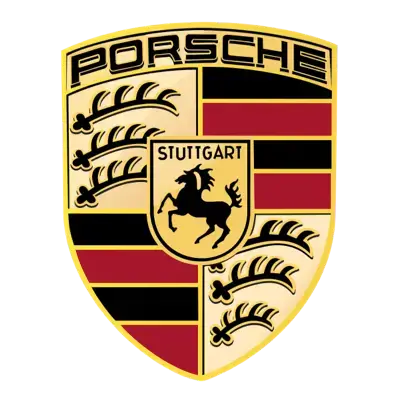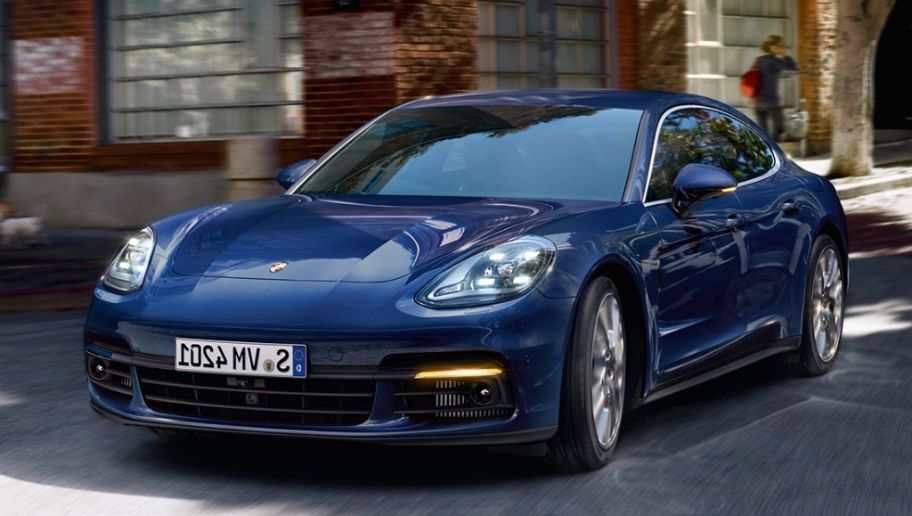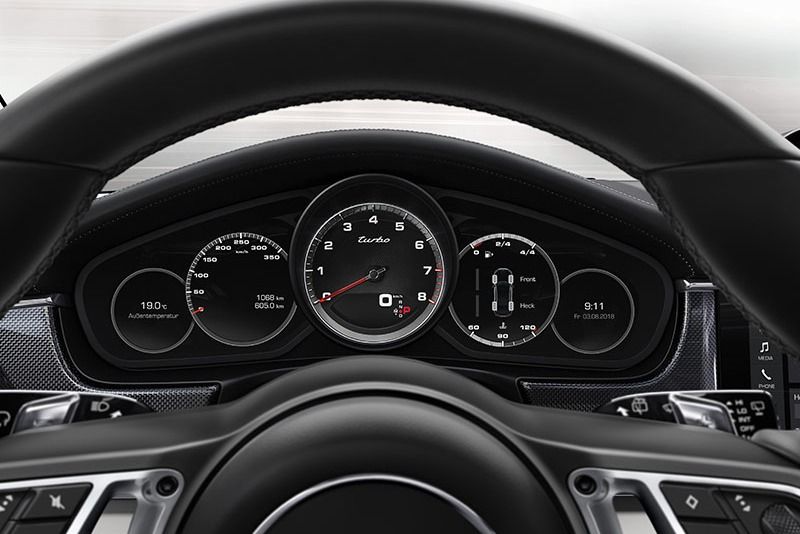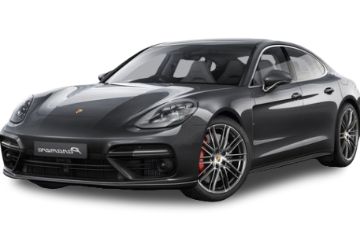Porsche Panamera Turbo – Overview
When first launched in 2010, the Porsche Panamera opened up the figurative high-performance doors of the marque to a whole new audience, and its success has since silenced detractors and die-hard Porsche purists alike. In 2017, a new generation was unveiled with the chassis number 971, and the entire range has been given an update in 2020.
As for latest Porsche Panamera Turbo, there are 2 engine options that can be matched to 3 body styles. The Porsche Panamera Turbo S is the ‘entry’ model now, and it has a 4.0-litre twin-turbo V8, while the one above it is the Porsche Panamera Turbo S E-Hybrid that has the same engine paired to an electric engine for more oomph.
These 2 powertrain options can come in 3 body styles. The normal Panamera is a liftback saloon with no designation, while the Executive is the same body with a longer wheelbase, and the Sport Turismo is an estate (sometimes called a wagon or a shooting-brake).







